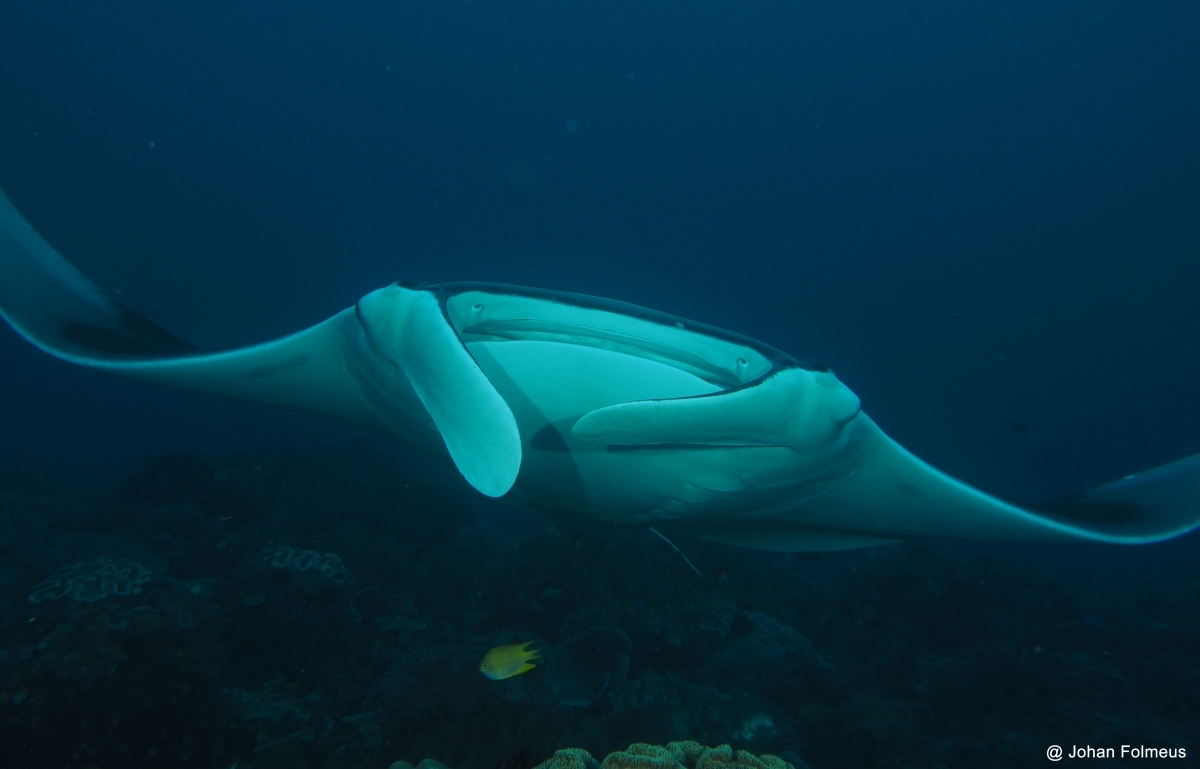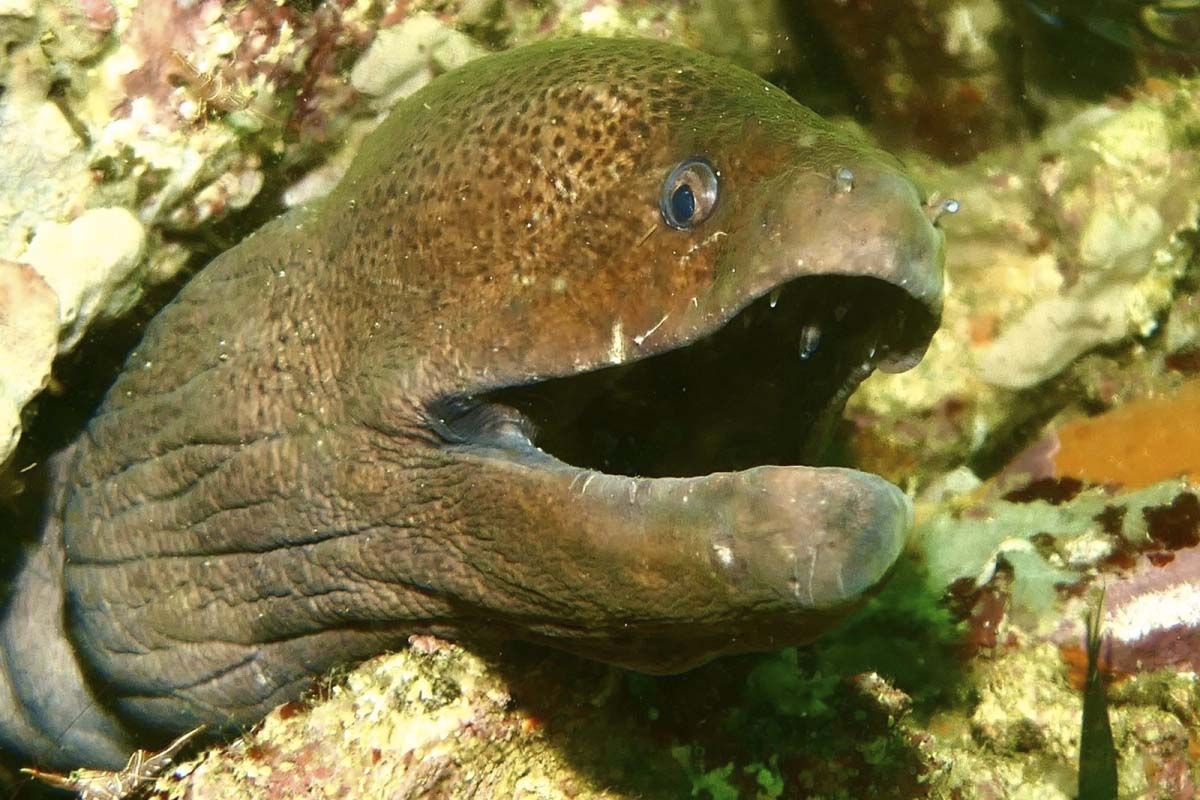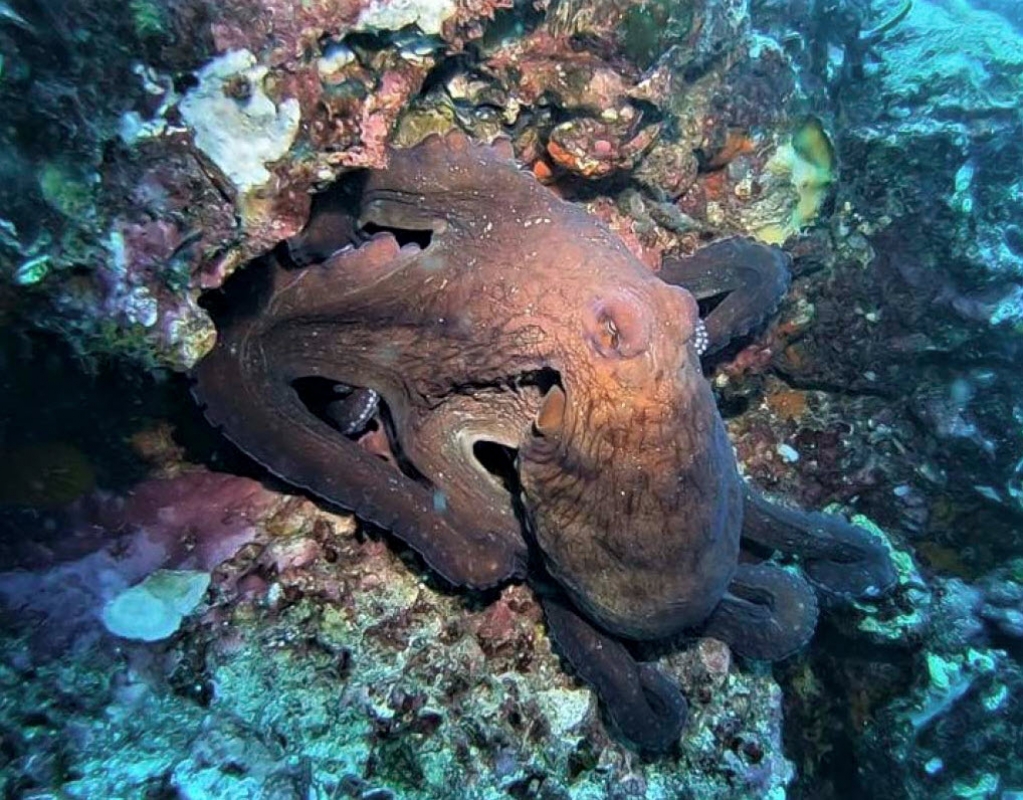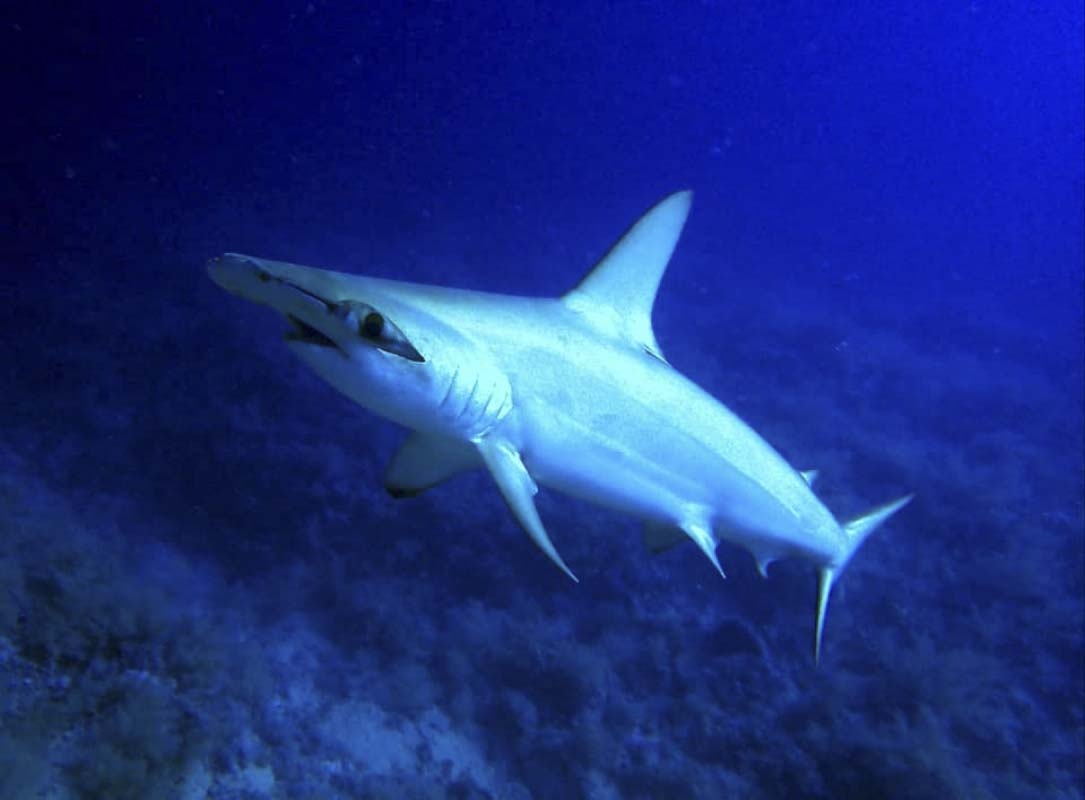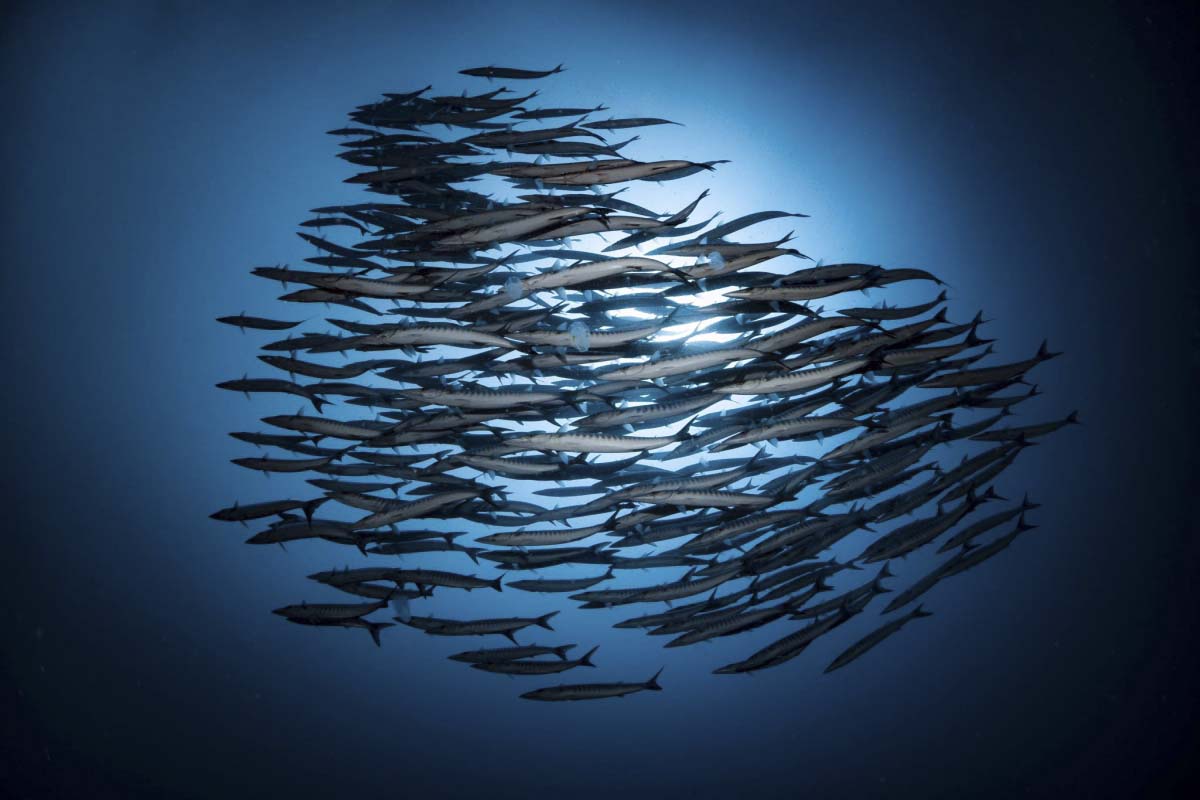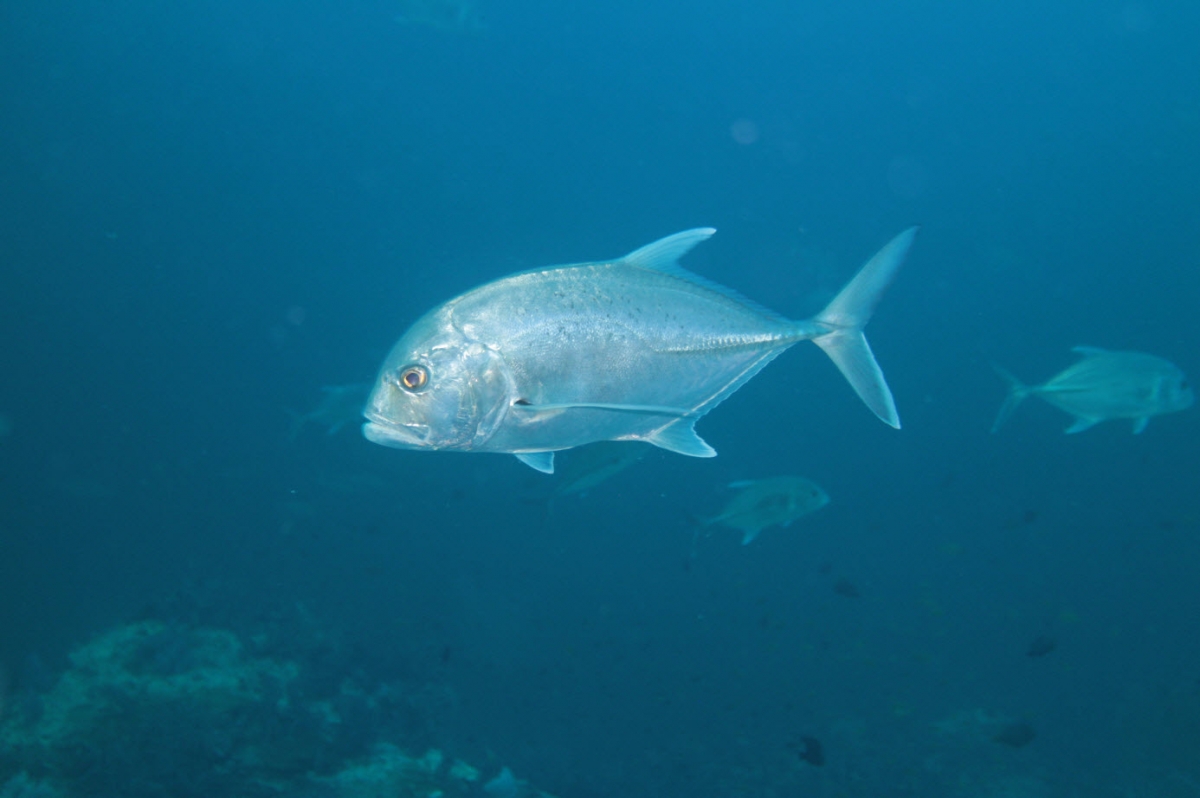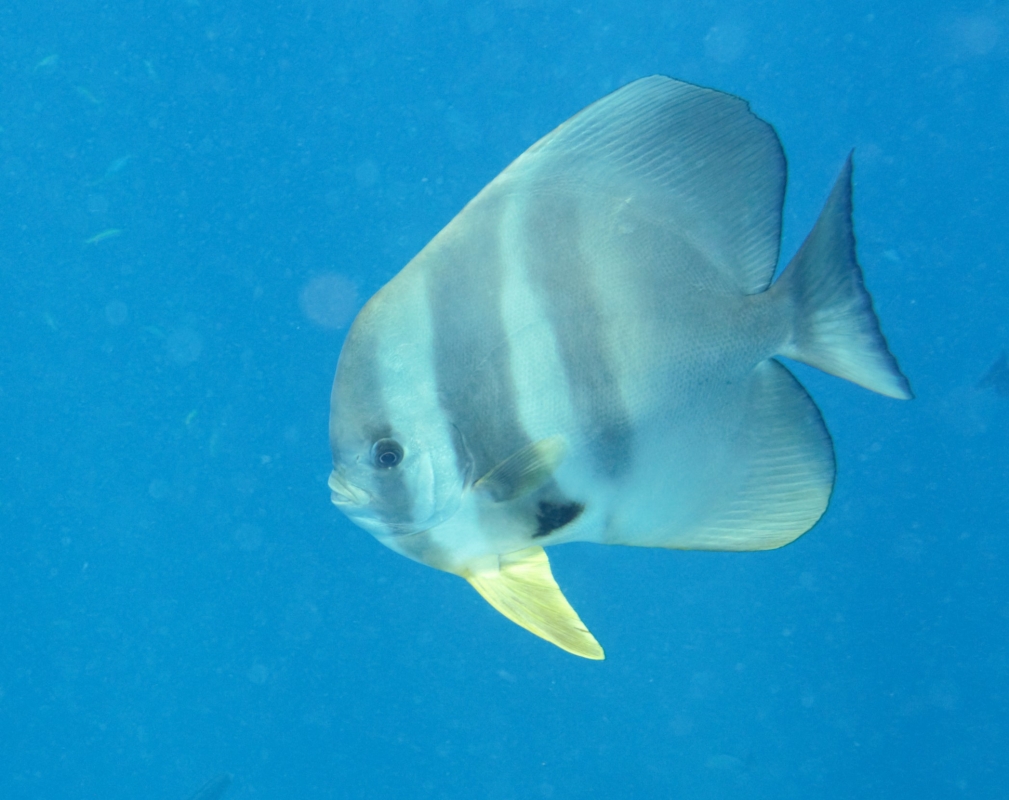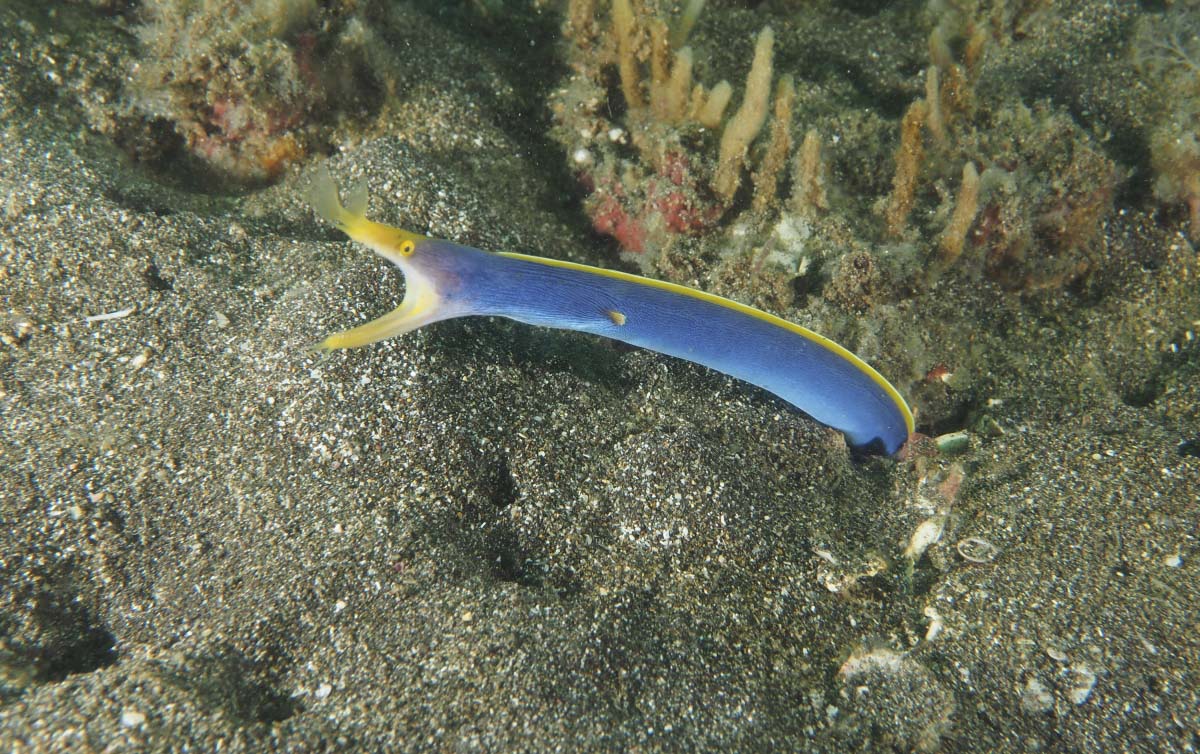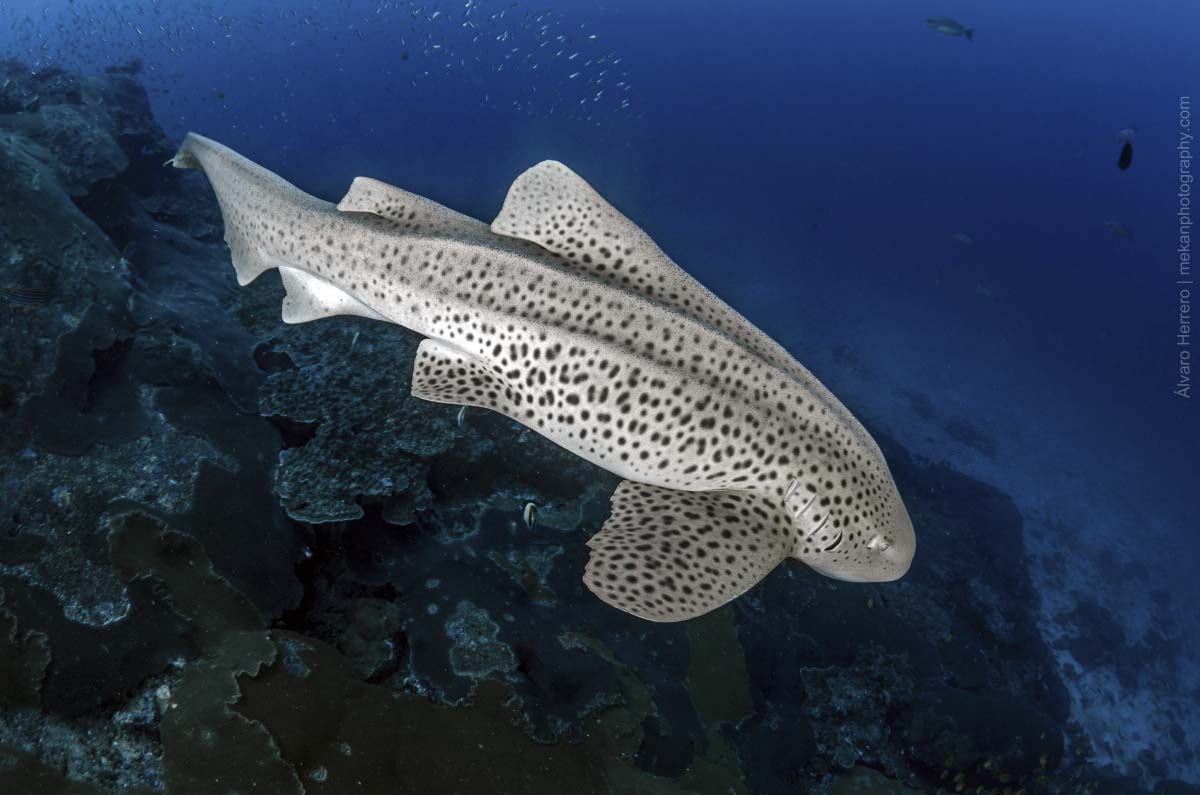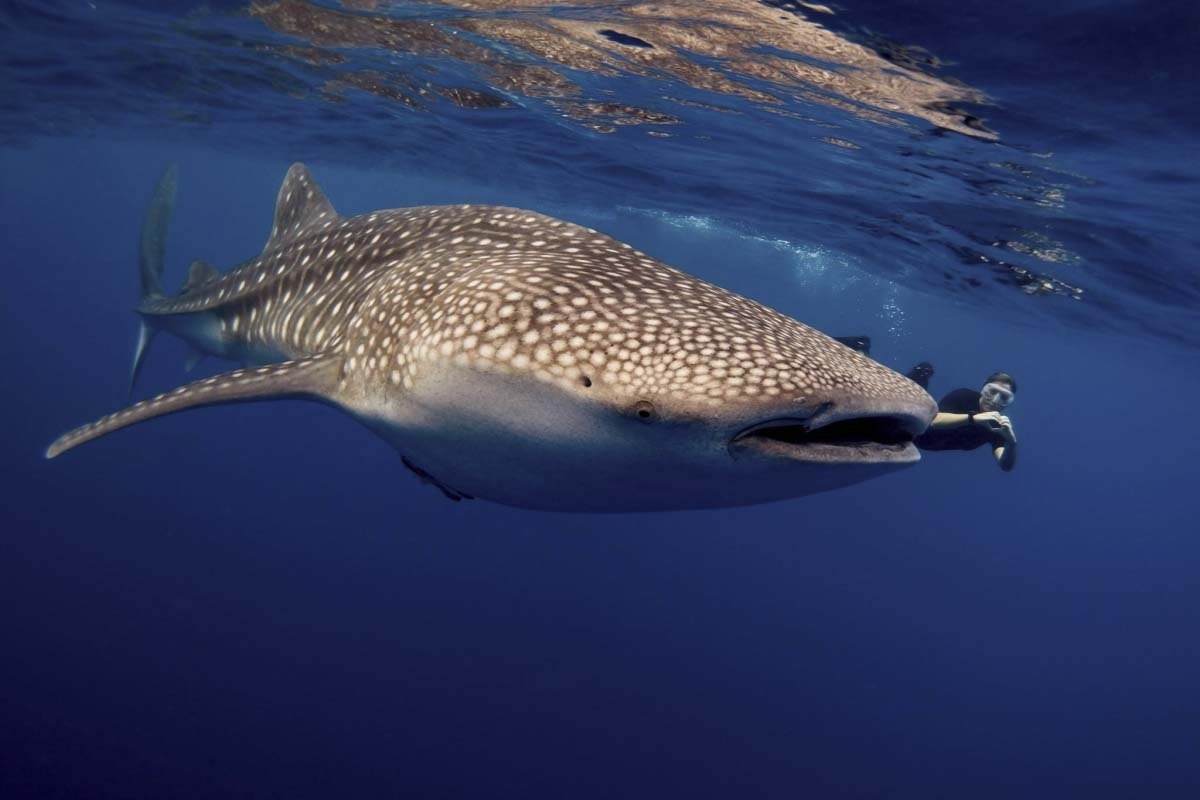
Vaavu Atoll Liveaboard Diving
Vaavu Atoll is a popular Maldives atoll for several reasons. In addition to more than 20 excellent dive sites, its location is not too far away but not in the heart of The Maldives. And due to this, it is the least-developed & least-commercialised Maldives atoll. Actually, Vaavu Atoll is just a named used to separate the area from The Maldives' 25 other administrative atoll regions. Vaavu is made up of the natural atoll known as Felidhe / Felidhu / Felidhoo and the small reef to its south, known as Vattaru Reef, which has just one small islet, surrounded by reef.
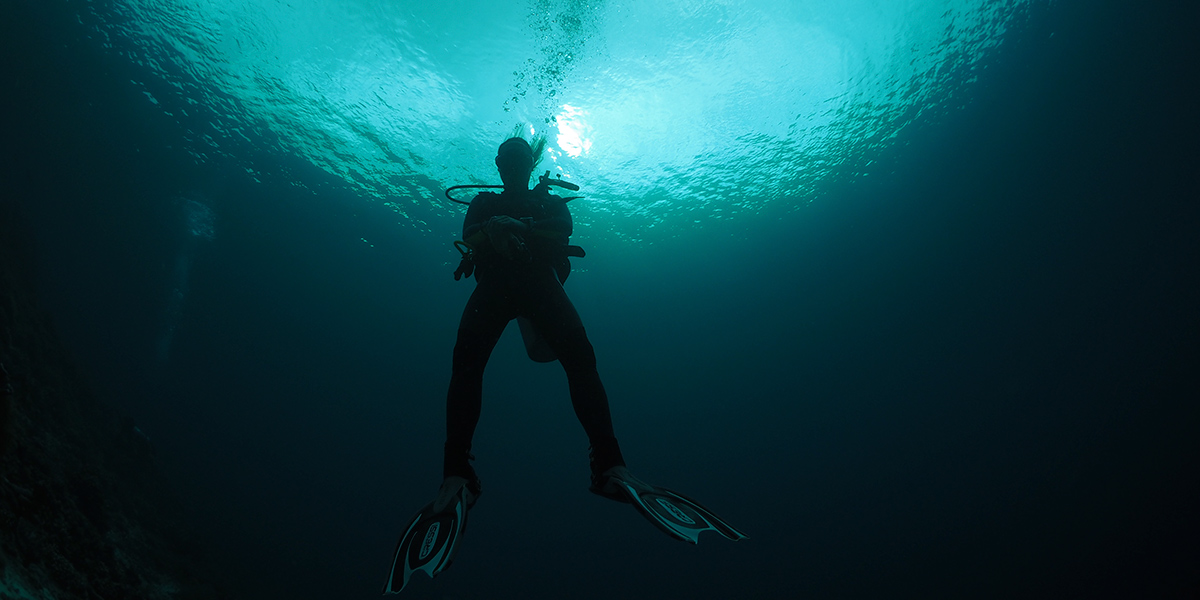
Probably the best-known scuba diving area of Vaavu Atoll is Fotteyo Falhu, which is the easternmost part of The Maldives. Many people describe it as among the best diving locations in the world. It a very long (50km.) unbroken reef that extends eastwards from Rakeedhoo Island to Fotteyo Kandu, a channel facing north. Here you will find drop-offs, overhangs, caverns, often strong currents and plenty of marine life, in particular sharks. The lucky few may even see Hammerheads here.
Due to Vaavu's lack of development and its slightly-remote location, most scuba divers here visit on a liveaboard diving cruise. This means that with more than 20 dive sites, it's highly likely that your group will be alone on whichever reef you visit. There are some easy dive sites at Vaavu Atoll, where inexperienced divers can safely enjoy themselves no deeper than 12 or 18 metres, including around the thilas inside, and at the south end of Vattaru Reef. But the majority who dive here are experienced divers able to cope with sometimes strong currents, depths to 30 metres, caverns, drop-offs and swim-throughs. Also, Maldives liveaboard diving boats normally have a vast majority of experienced or Advanced scuba divers.
Everyone's favourite, the Whale Shark, can make an appearance at any time of year, and Manta Rays are also regular visitors particularly in the wetter months of May to July. It's best to look out for them when the current is flowing into the atoll, rather than out. Several species of requiem sharks can be seen at Vaavu Atoll, but even if you aren't lucky enough to see them, there's plenty more life in this area. Stingrays, Eagle Rays, turtles, schooling fish and plenty more awaits you at Vaavu Atoll.
In addition to Fotteyo Kandu & Fotteyo Falhu, other popular dive areas of Vaavu Atoll include (Boda) Miyaru Kandu, Alimathaa, Dehekunu Kandu, and Devana Kandu.
There's a great selection of pinnacles, drop-offs, drift dives, caverns and some sloping reefs.
Conditions at Vaavu Atoll
When to dive at Vaavu Atoll
From November to April you will have the best chance of dry and sunny days with calm seas. January to March are the peak season and have the best visibility due to being in the middle of the north-easterly monsoon. You can dive all year at Vaavu Atoll, and there's an increased chance of Manta Rays in June & July, but these months are wettest and with reduced visibility.
What type of dive site is Vaavu Atoll
Vaavu Atoll has more than 20 different dive sites, including reefs, pinnacles, drifting with currents, and more.
Where is Vaavu Atoll?
Although Vaavu Atoll is the easternmost point of The Maldives, this is only because Fohtheyo Bodufushi Island at the tip of Vaavu's long unbroken reef extends out just a bit further than North Male's Dhiffushi Island. It's quite a large atoll, located just south of South Male, and its shape is similar to a Christmas stocking.
How to get to Vaavu Atoll
The best way to visit Vaavu Atoll is on a Maldives diving liveaboard. These boats usually sail from Malé on Saturday or Sunday evenings and visit the best atolls for the time of year. Vaavu Atoll is included in most 'central' and 'south-central' itineraries.
Who can dive at Vaavu Atoll
Although all levels of diver can enjoy Vaavu Atoll, most who visit are Advanced with 30 or more logged dives. It is also important to be an experienced diver to safely enjoy some more-exciting dive sites, which are the main reason why Maldives liveaboard diving boats come here.
What marine life can you see at Vaavu Atoll?
The marine life you can expect to see at Vaavu Atoll is varied, plentiful and usually exciting. There are lots of reef residents, including schools of fish and solitary species. At the mouths of the channels (kandus) you can hope to Hammerhead or Oceanic Whitetip Sharks when the currents are stronger, and Manta Rays or Whale Sharks when the currents are flowing out. The filter feeders are more-often seen in the wetter months of June & July.
Summary of Vaavu Atoll
Many Maldives diving liveaboard itineraries include Vaavu Atoll for good reason. The diving here is extremely good, and there are very few day trip boats or resort divers. Its location is far enough away to feel remote and undeveloped, but near enough to be easily reachable during a relaxing liveaboard cruise. Add to the more than twenty excellent dive sites, including the longest unbroken reef in the country, and you have even more reason to dive here. Predatory & filter-feeding sharks and rays are often seen here, too.
